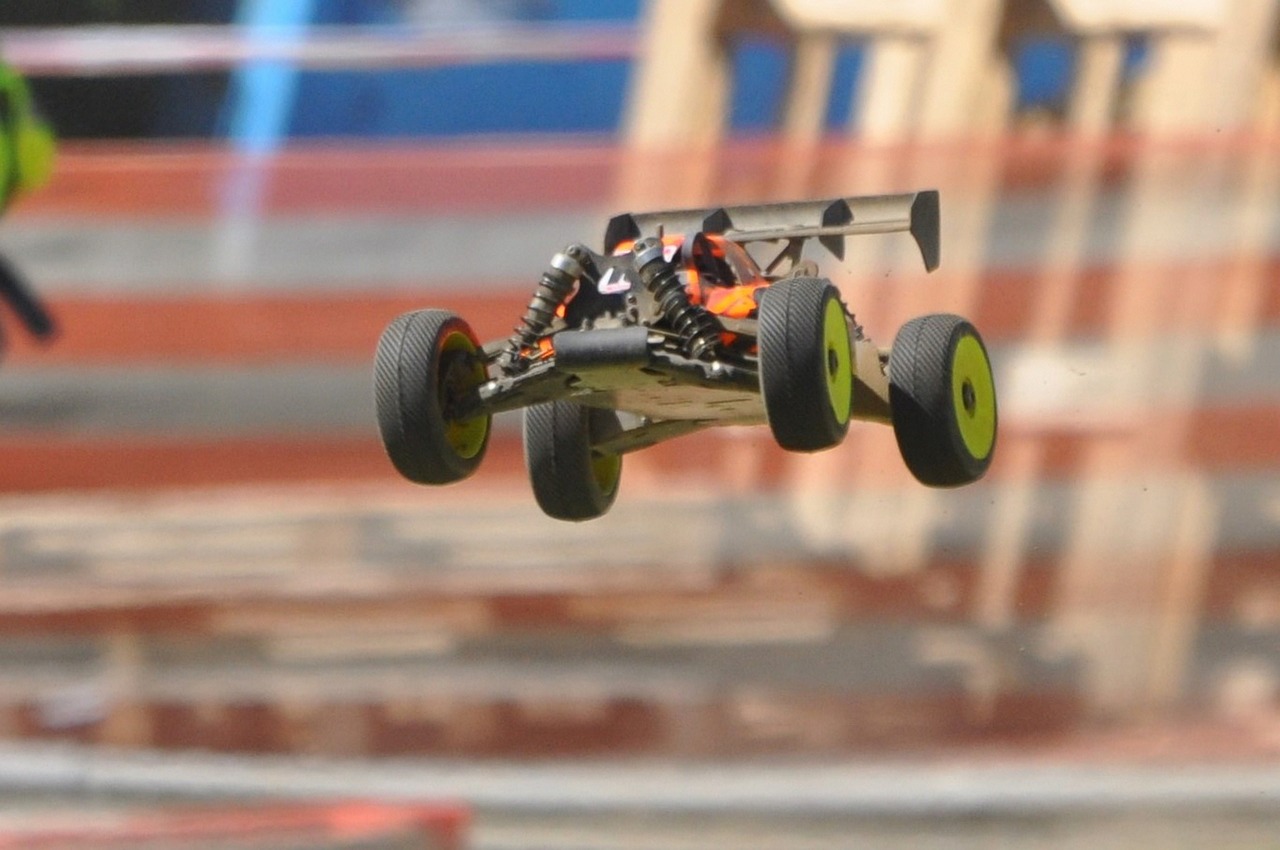Analyzing the Role of Micro-mobility in Reducing Traffic Congestion
Micro-mobility solutions offer a convenient and cost-effective way for urban residents to navigate congested city streets. By utilizing options such as electric scooters, bicycles, and small electric vehicles, individuals can easily travel short distances without contributing to traffic congestion or harmful emissions. This not only reduces the reliance on traditional modes of transportation but also promotes a more eco-friendly and sustainable way of getting around densely populated areas.
Additionally, micro-mobility promotes physical activity and improves overall health by encouraging individuals to engage in active modes of transportation. Riding a scooter or cycling to work not only saves time but also provides a great way to incorporate exercise into daily routines. This active lifestyle can lead to improved cardiovascular health, reduced stress levels, and a greater sense of well-being among urban dwellers who choose micro-mobility options for their daily commutes.
Challenges Faced by Micro-mobility Solutions
One significant challenge faced by micro-mobility solutions is the issue of infrastructure. Many urban areas lack the necessary infrastructure to support micro-mobility options such as bike lanes and designated parking areas for electric scooters. This lack of infrastructure can lead to safety concerns for riders and pedestrians alike, making it difficult for micro-mobility solutions to thrive in such environments.
Another common challenge is regulatory barriers imposed by local governments. Regulations that restrict where micro-mobility devices can be used or parked, as well as requirements for permits or licenses, can hinder the adoption and expansion of these services. Navigating a complex web of regulations in different cities and regions can be a daunting task for micro-mobility providers, slowing down their growth and limiting the overall impact they can have on urban transportation.
Comparison of Micro-mobility Options Available
Scooters and bicycles are among the most popular micro-mobility options available in urban areas. Scooters, with their electric-powered engines, offer convenience and speed for short trips around the city. On the other hand, bicycles provide a more traditional and eco-friendly way of getting around, promoting physical activity and reducing carbon emissions.
Electric skateboards and hoverboards are also emerging as trendy micro-mobility choices. Electric skateboards offer a fun and exhilarating ride for short distances, while hoverboards provide a unique and futuristic mode of transportation. Both options cater to individuals seeking a more unconventional way to navigate through urban environments.
What are some benefits of using micro-mobility options in urban areas?
Some benefits of micro-mobility in urban areas include reducing traffic congestion, decreasing air pollution, promoting a healthier lifestyle, and providing a convenient and cost-effective transportation option.
What are some challenges faced by micro-mobility solutions?
Challenges faced by micro-mobility solutions include safety concerns, infrastructure limitations, regulatory issues, competition with other modes of transportation, and potential negative impacts on pedestrian traffic.
What are the main types of micro-mobility options available for urban transportation?
The main types of micro-mobility options available for urban transportation include electric scooters, bicycles, e-bikes, skateboards, and electric unicycles. Each option offers its own set of features and benefits for users.







